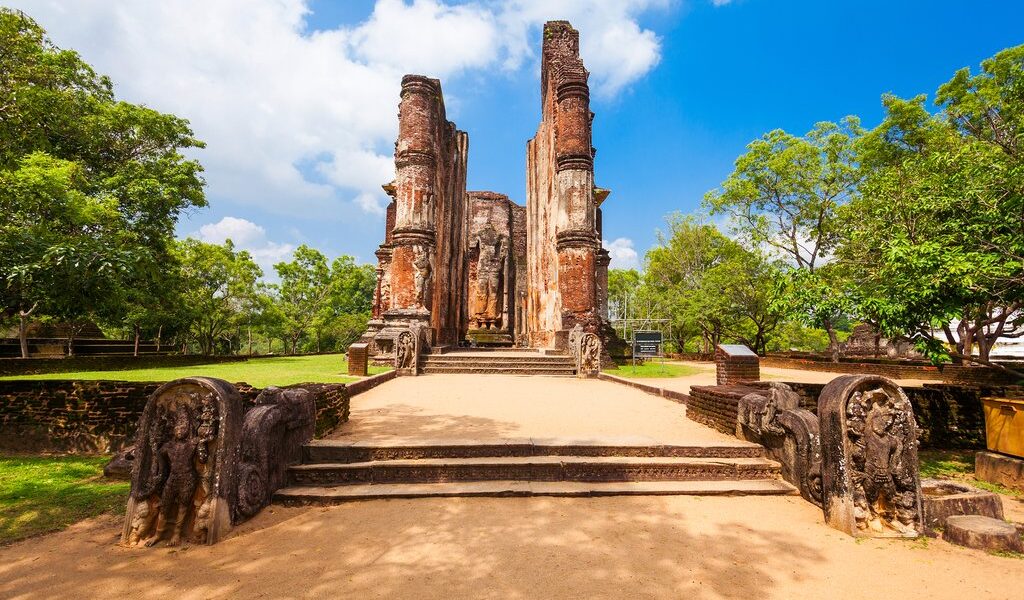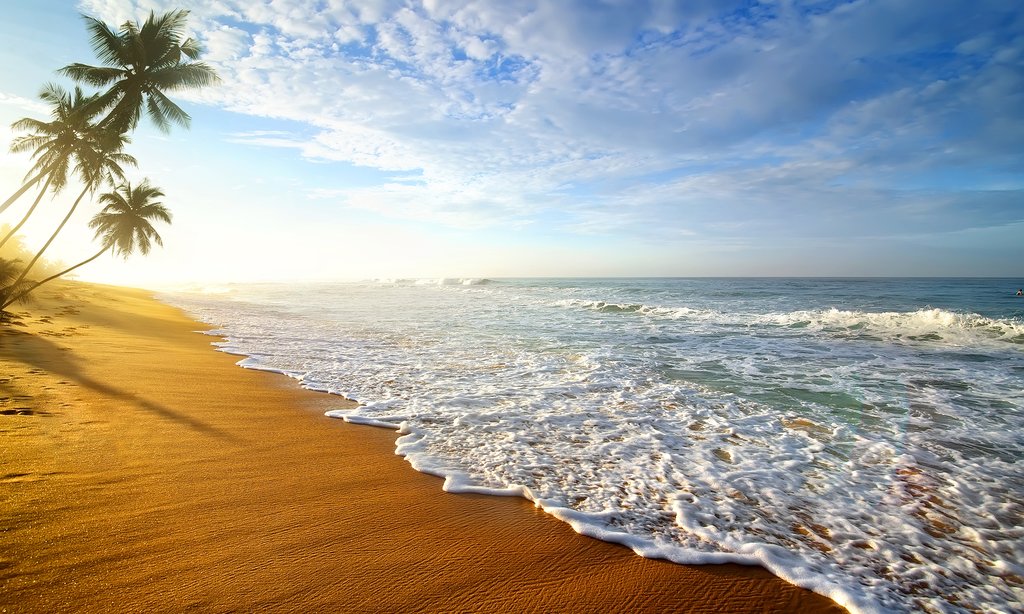
In Sri Lanka, warmth and good weather can be found year-round in different parts of the island. Thanks to the country’s relatively small size, a getaway spent chasing pockets of favorable weather can be a great way to see the island’s many highlights. Below is a guide for planning when to visit each region of Sri Lanka.
## Fast Facts About Traveling to Sri Lanka
* The waters off the coastline of Sri Lanka typically maintain a temperature of around 85 degrees Fahrenheit throughout the entire year, providing consistently warm conditions for swimming and other water activities.
* The mountain regions of Sri Lanka generally experience the highest amounts of rainfall, contributing to the lush greenery and diverse ecosystems found in these elevated areas.
* November tends to be the wettest month across most parts of the island of Sri Lanka, so travelers should anticipate rain during this time.
* The central region of the island is often referred to as the “dry zone,” characterized by lower levels of precipitation compared to other areas.
* Throughout the island nation of Sri Lanka, and at any time of the year, visitors can expect to encounter spontaneous bursts of rain, which are a common and sometimes refreshing occurrence.
* The monsoon season in the southwestern part of Sri Lanka typically lasts from May to September, while in the north-eastern region, it extends from October to January.
## An Overview of the Best Time to Visit Sri Lanka
Since the weather patterns in Sri Lanka tend to remain relatively consistent throughout the year, travelers are encouraged to consider the country’s diverse regions, religious observances, festivals, and various celebrations when determining the ideal time to plan their visit. It is essential to remember that you will likely encounter variations in weather conditions depending on the specific geography of the location you are visiting – for example, weather along the coast, in the elevated mountain regions, or in the central dry zone areas, will all differ.
## Exploring the Central “Dry Zone” of Sri Lanka
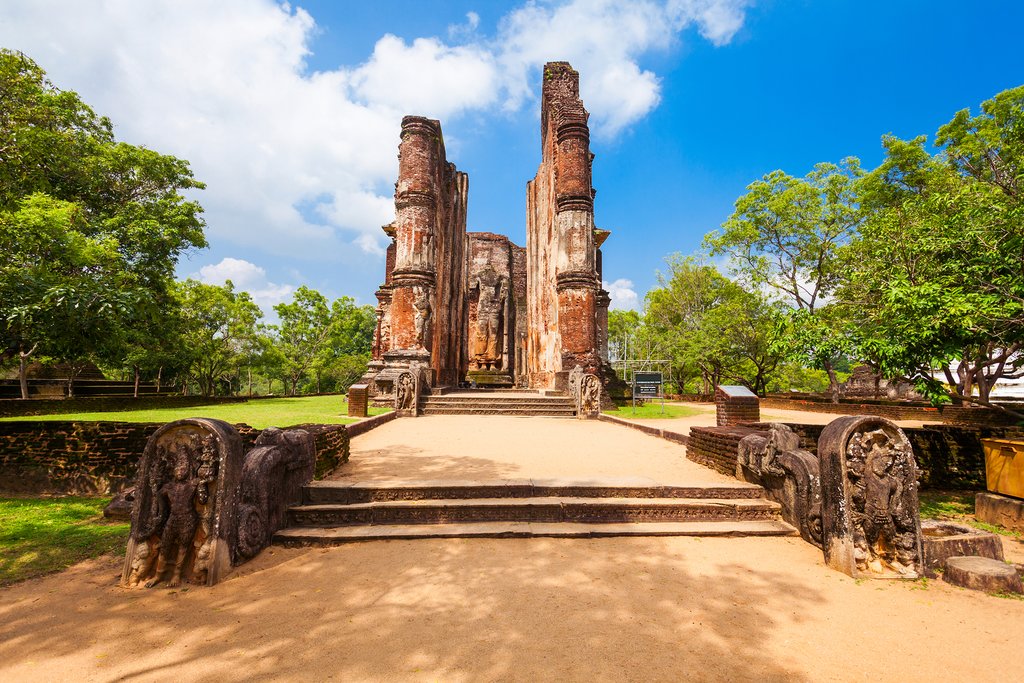
When planning a journey to an area distinctly recognized as the dry zone of Sri Lanka, it is certainly reasonable to anticipate relatively drier conditions. This particular region of the island typically lives up to these expectations most consistently from January to February, as well as from June to September. During these months, rainfall is generally lower, and the weather tends to be sunnier and more predictable. The highest temperatures, often reaching around 86°F (30°C), tend to occur in April and May, so plan accordingly.
Such relatively high temperatures should come as no surprise considering the island’s close proximity to the equator. Spontaneous rain showers, although perhaps unexpected in the dry zone, can still occur throughout the year. It is always recommended to prepare for the possibility of rainfall, regardless of the time of year you are visiting.
**Popular Destinations in the Dry Zone:** Be sure to explore the ancient wonders of Sigiriya, the magnificent Jethawanaramaya Stupa, the captivating cave temples of Dambulla, the historical city of Polonnaruwa, and the ancient capital of Anuradhapura. Each of these locations offers a unique glimpse into the rich history and cultural heritage of Sri Lanka.
## Discovering the Mountainous Regions of Sri Lanka
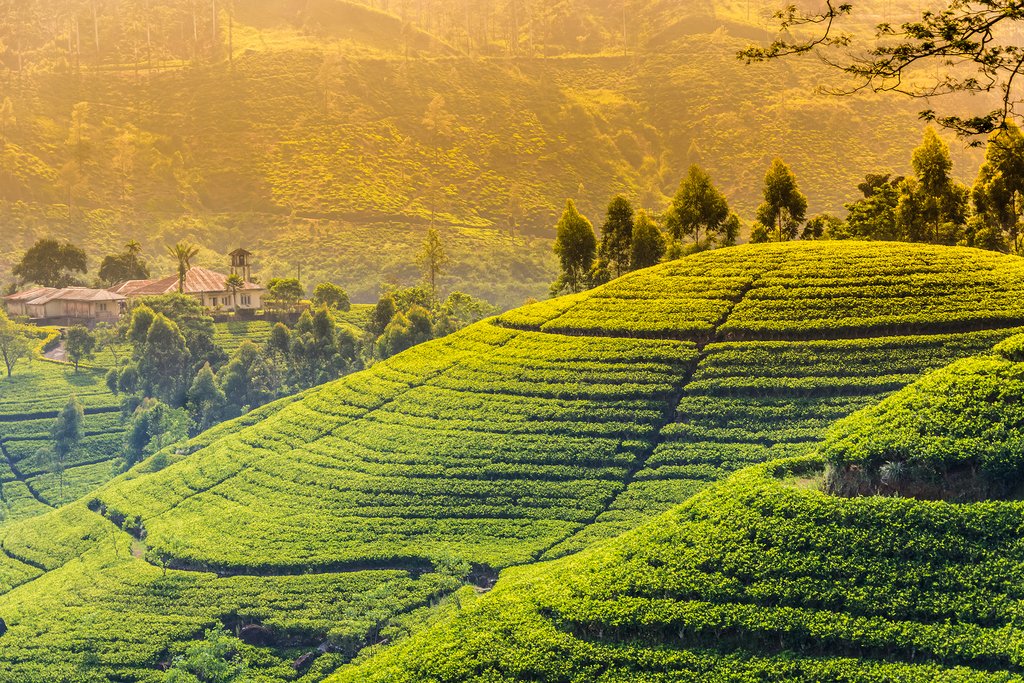
With the expansive Indian Ocean and the significant Bay of Bengal encompassing Sri Lanka, the influence of monsoon winds is a prominent factor in the island’s weather patterns throughout the year. From May through September, the mountainous regions of the island experience the most consistent rainfall, largely influenced by the prevailing winds originating from the Indian Ocean.
Despite the increased rainfall during this period, intermittent dry spells are not uncommon, and costs for accommodations and activities may be relatively lower. Travelers should be adequately prepared for both periods of rain and periods of intense sunshine if visiting during this specific season. Layering clothing options and carrying rain gear is essential during these months.
One of the significant benefits of the higher elevation in the mountainous regions, along with the frequent rains and relatively cooler temperatures, is the creation of the ideal conditions for growing tea. For many, expansive tea plantations immediately spring to mind when they envision Sri Lanka, and travelers should embrace the opportunity to explore the terraced magnificence of these stunning cultural landmarks.
**Popular Destinations in the Mountains:** Make sure to visit the picturesque town of Nuwara Eliya, the scenic landscapes of Ella, the tea-growing region of Hatton, and the sacred pilgrimage site of Adam’s Peak.
## Exploring the East Coast of Sri Lanka
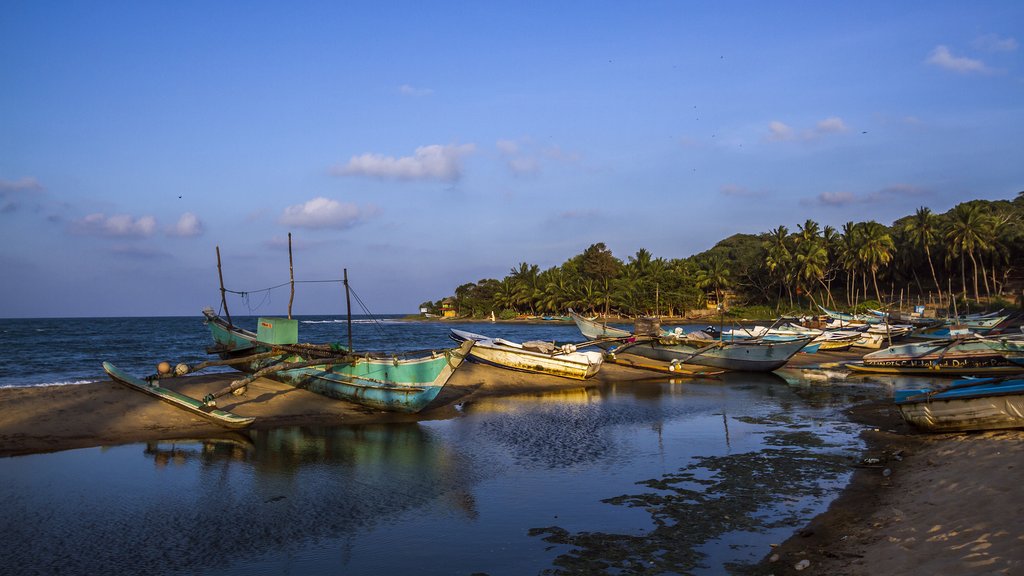
The eastern region of Sri Lanka may experience the highest temperatures in the country, yet it remains arguably the most deeply rooted in tradition and cultural heritage. The area is characterized by quaint fishing villages, tranquil beach getaways, vibrant and colorful markets, and an abundance of natural beauty. The breathtaking natural harbor of Trincomalee is located in this region. Travelers seeking a romantic escape may find themselves particularly drawn to the more secluded and sparsely populated nature of eastern Sri Lanka.
**Popular Destinations on the East Coast:** Explore the surfing haven of Arugam Bay, the historical port city of Trincomalee, the bustling town of Batticaloa, and the diverse wildlife of Kumana National Park.
## Discovering the Southwest Coast of Sri Lanka
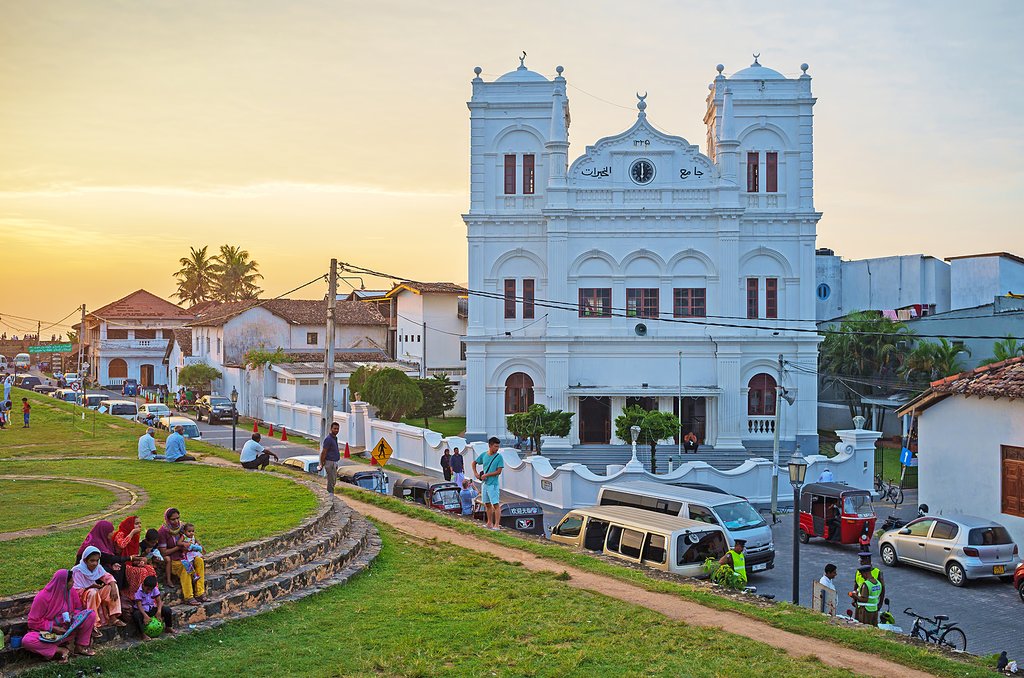
Galle and its surrounding beaches generally share similar weather patterns, characterized by consistently humid, hot, and sunny conditions. However, these areas are also prone to periodic squalls, sudden and intense bursts of rain and wind. This southwestern region is typically considered the wet zone of Sri Lanka, but this doesn’t deter sunbathers from indulging in the quiet, blue waters of the coastline, and surfers from enjoying the easy breaks along the beaches. The country’s capital city, Colombo, is also located in this part of the island and is the central hub for a number of religiously significant festivals and celebrations throughout the year.
**Popular Destinations on the Southwest Coast:** Visit the historic city of Galle, the developing area of Hambantota, the lively beach town of Hikkaduwa, the popular destination of Unawatuna, and the whale-watching hotspot of Mirissa.
B-2527

